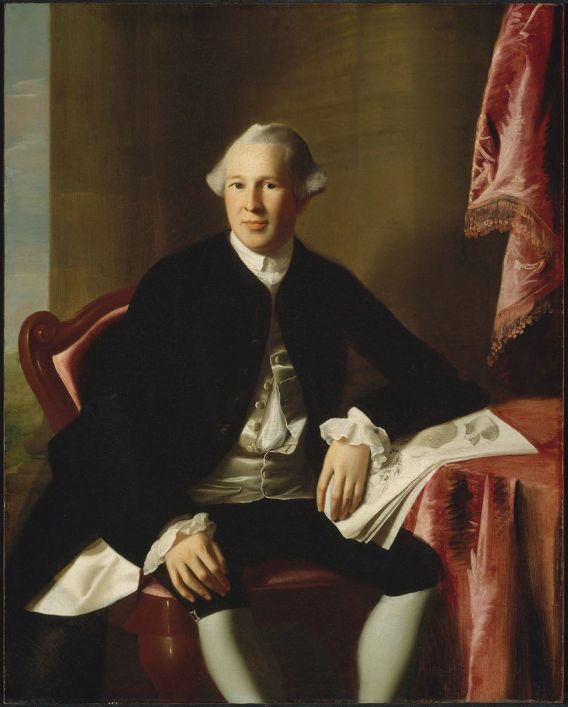Once upon a time—some eighty-three years ago—a likable lad named James Aloysius Farley was horn in the milage of Grassy Point, New York, on the west bank of the lower Hudson River, to “poor but honest”parents, Irish to the core. When he was nine, his father was killed in an accident. “Jimmy” promised his mother he would help her run the grocery store and saloon, go faithfully to Mass, and neither smoke nor drink. He has kept every one of those promises. When he grew to manhood—six feet two inches—he wed Elizabeth Finnegan, whom he had known all his life, and lived happily with her until her death in 1955. He also commenced another lifelong and still warm affair, common to young Irishmen of his generation—this one with politics, inside the hospitable embrace of the Democratic Party. And it was this that brought him to a place in life where he spoke as a friend to Presidents, prime ministers, and popes, and even heard his own name placed in nomination for the Presidency.

